But not-for-profit groups must be selective about how they deploy their resources, which means leaders should be thoughtful about where to focus. “One of the most important ingredients in our leadership approach is being purposeful in the projects we pursue, then following through on our promises so that we don’t squander the goodwill of our partners,” says Kim McCleary, managing director of FasterCures.
That means learning from failures. Several years ago, FasterCures launched a programme called “Patients Helping Doctors,” which advocated for patients to work with their medical providers to get involved in research. But its leaders learned that patients having a voice with doctors wasn’t enough, Ms Anderson says.“We realised that patients need to be partners throughout the whole research and development process. Treatments should be developed in concert with patients.”
As a result, the group created a “Benefit Risk Bootcamp” in 2014 to enhance patient-centred decision-making about medical products in development, under regulatory review and on the market. The output helped build the “Patients Count: The Science of Patient Input” programme the following year, which provides tools and training to industry on how to engage patients in research; and a Benefit-Risk Advisory Council of industry experts from academia, government, not-for-profit groups and pharmaceuticals, who offer advice on how to shape product development and influence regulatory decisions. The council’s feedback has since been adopted by various stakeholders, including the US Food and Drug Administration, industry groups and patient organisations, and its advice was reflected in the ‘21st Century Cures’ legislation introduced in the US Congress in 2015.
The value of credibility
The group’s not-for-profit status may have given it an advantage as a disrupter in its business. “What we were saying started to resonate with people,” Ms Booth says. “People trust us and it has helped us create alignment between stakeholder groups.”
This gave FasterCures the credibility to create its own framework, in partnership with healthcare consulting firm Avalere, to assess the value of new medical treatments using patient perspectives. Such ‘value frameworks’ calculate the health benefit and cost-effectiveness of a new therapy or drug, and are designed to better inform pricing and policy decisions, as well as patient choices.
“The recent proliferation of value frameworks has taken the conversation about value to a new level, but the perspective of patients is still largely absent,” Ms Anderson says. She believes a collaborative effort will help bring that patient voice to the forefront. “We want to see things move faster and more efficiently, and that requires more conversations between all stakeholders, including patients.”
FasterCures is now seeking to use that framework with new partners. Ms Anderson says that a patient focus has grown to be more universally accepted: “After 12 years in this role, I feel like I have the credibility to have a candid dialogue about what needs to change. It takes focus, and candour, and data, and ideas.”
©2016 The Economist Intelligence Unit Ltd. All rights reserved.
Neither The Economist Intelligence Unit Ltd. nor its affiliates can accept any responsibility or liability for reliance by any person on this information.
Resumen
FasterCures predicts the medical field is poised for disruption, as patients partner with their medical providers in a brand new ways.


